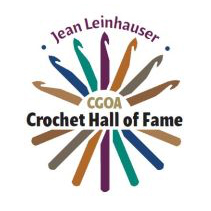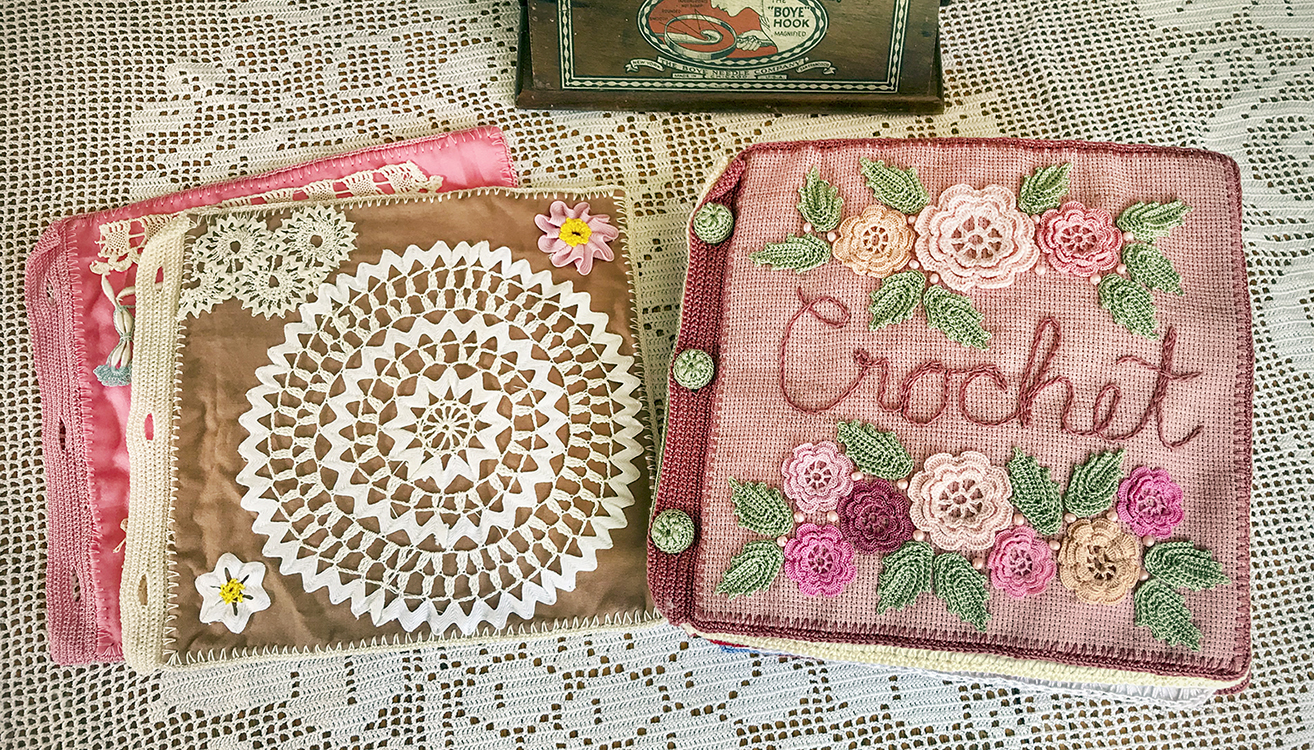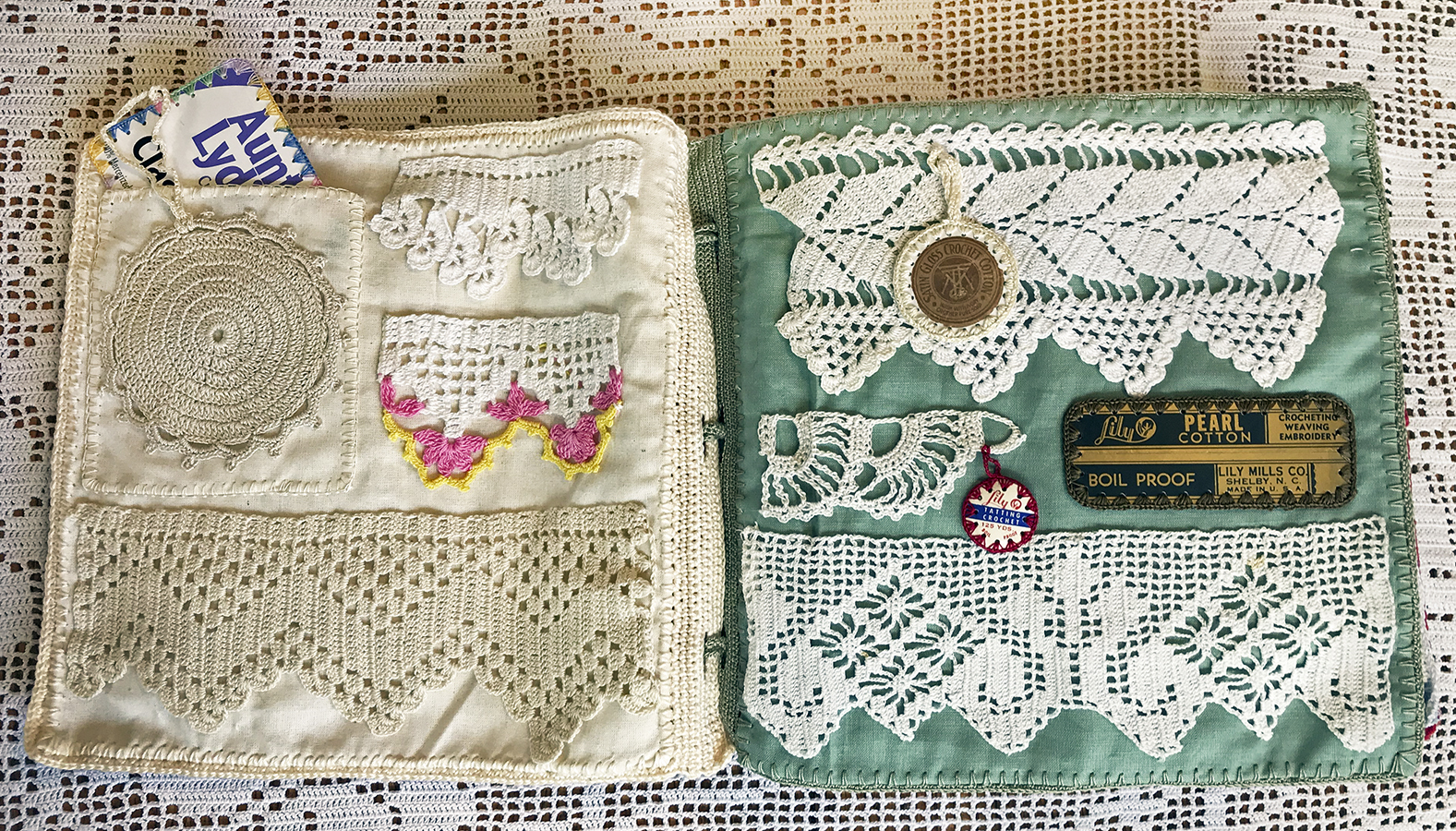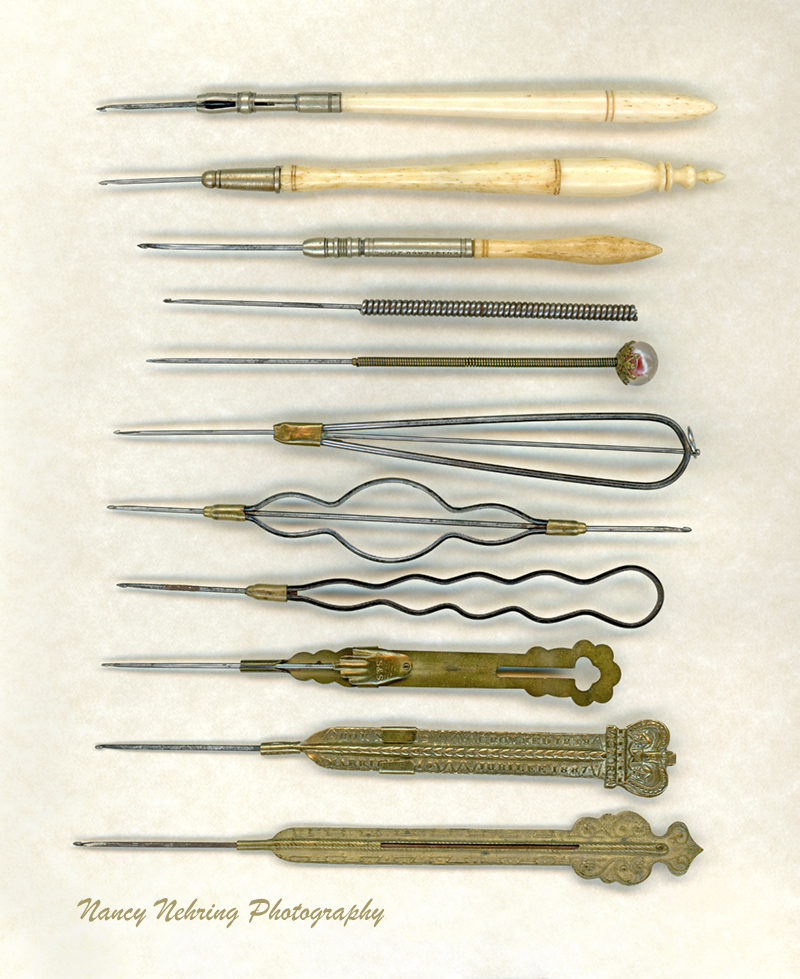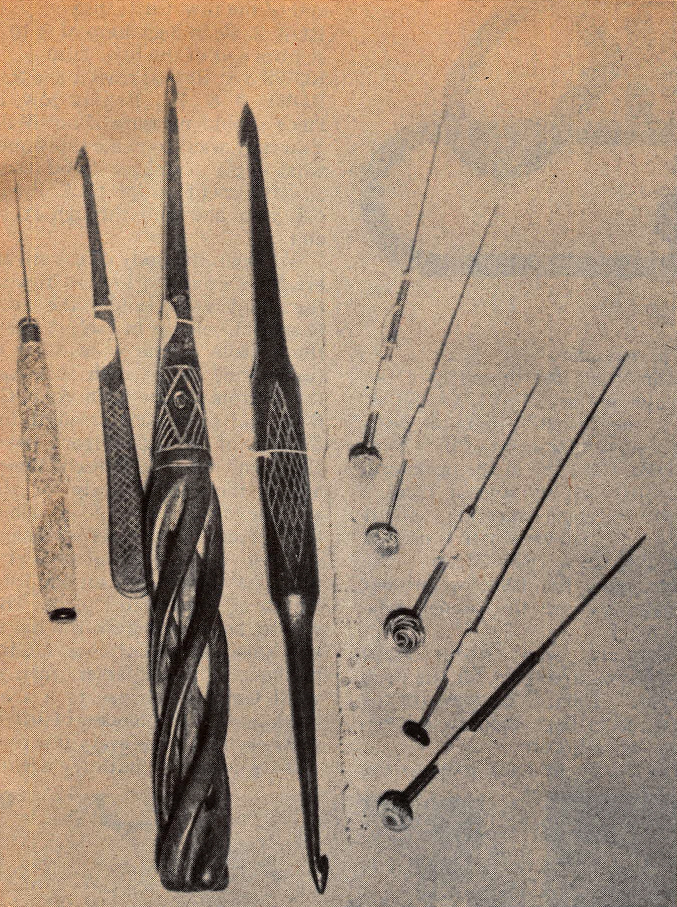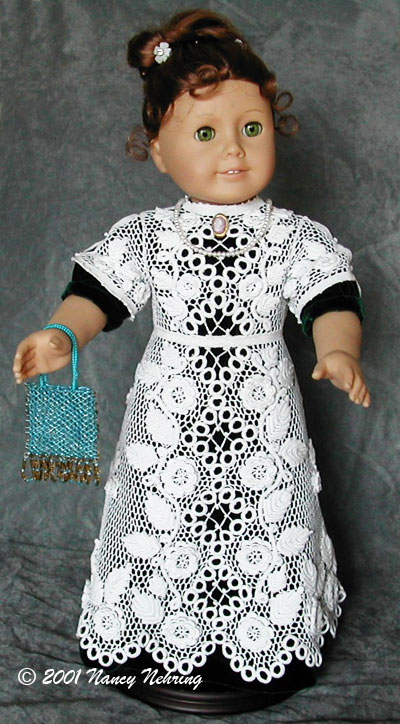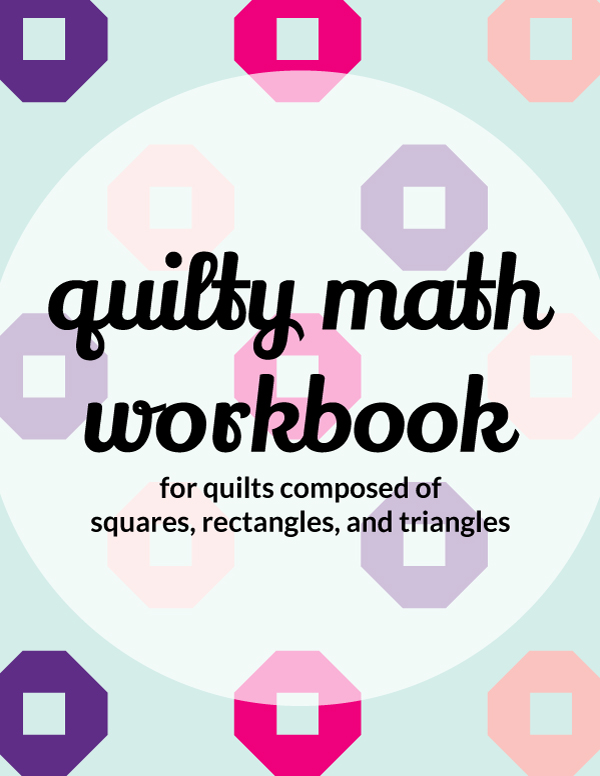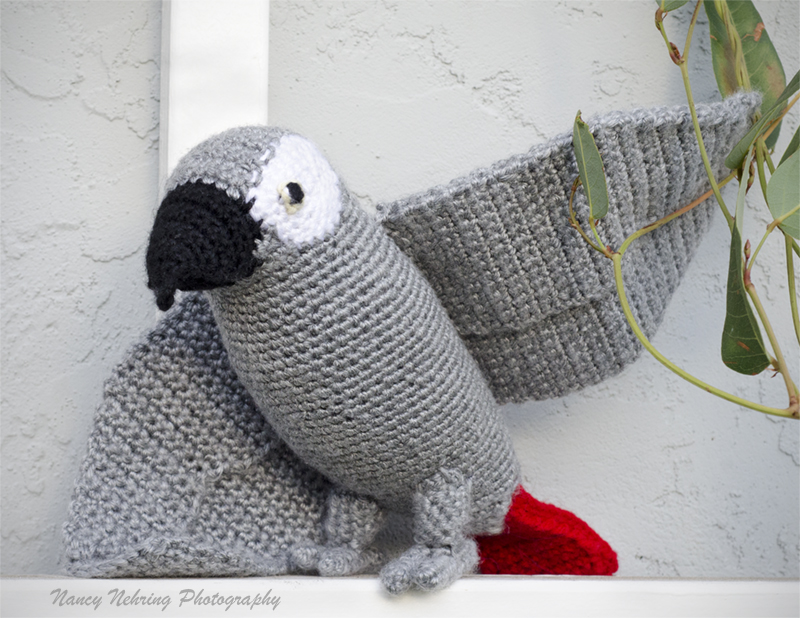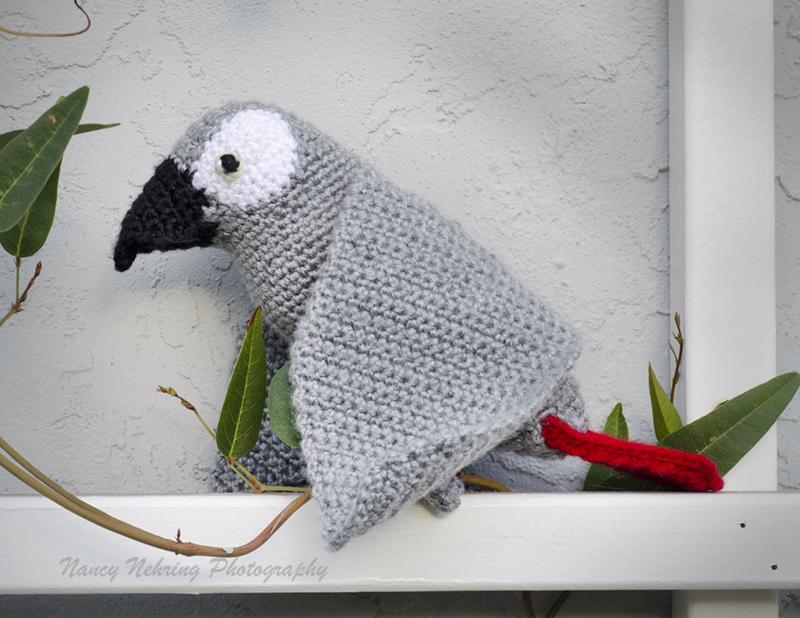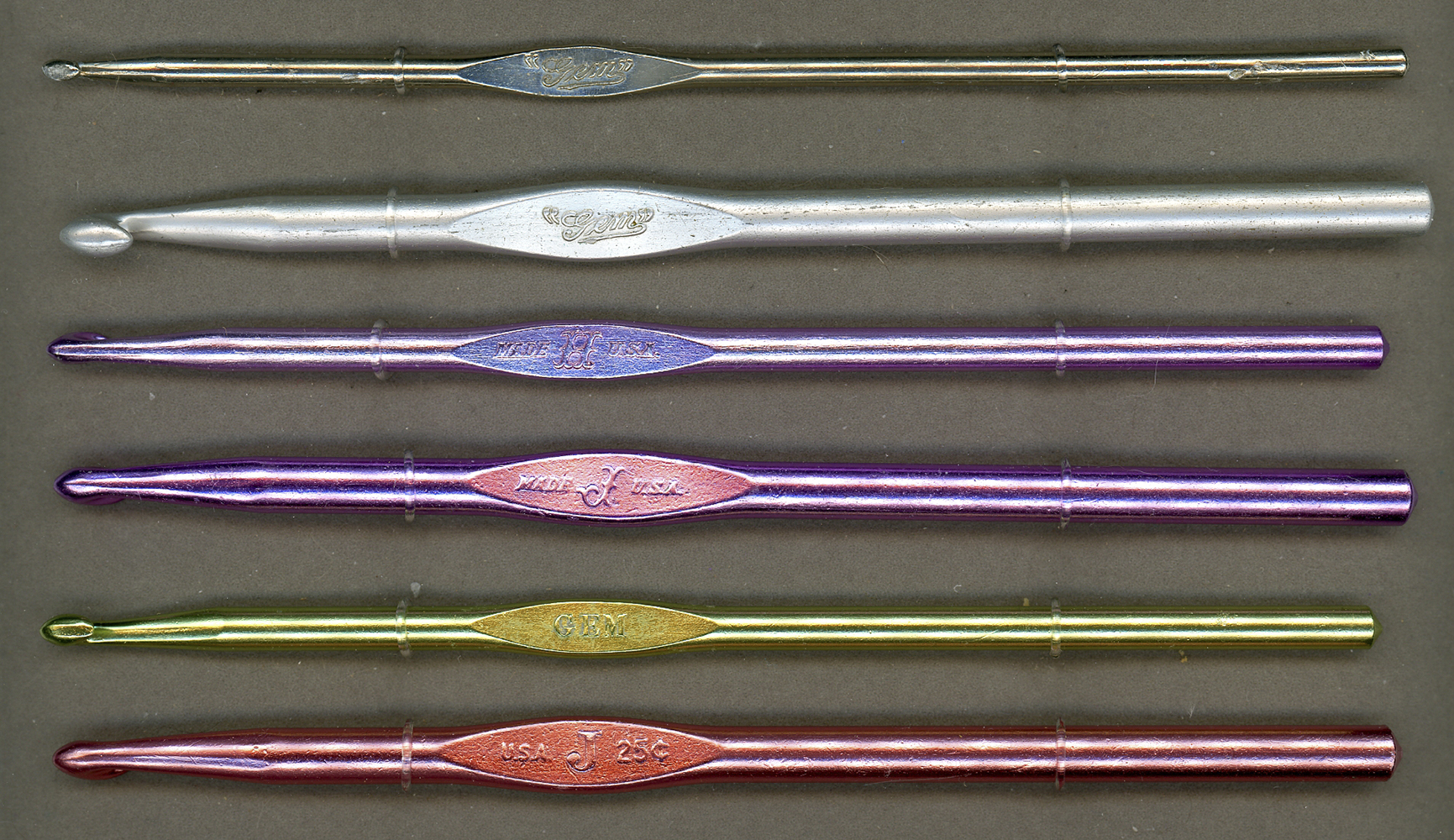
GEM crochet hooks are ubiquitous in the US. Anyone with even a handful of old aluminum crochet hooks will have at least a couple of GEM hooks. Old GEM rug hooks in wood are also common and these have a unique flat-sided hook shape. Much rarer are unbranded GEM bone hooks but these can be recognized by the same flat-sided shape used on wood hooks.

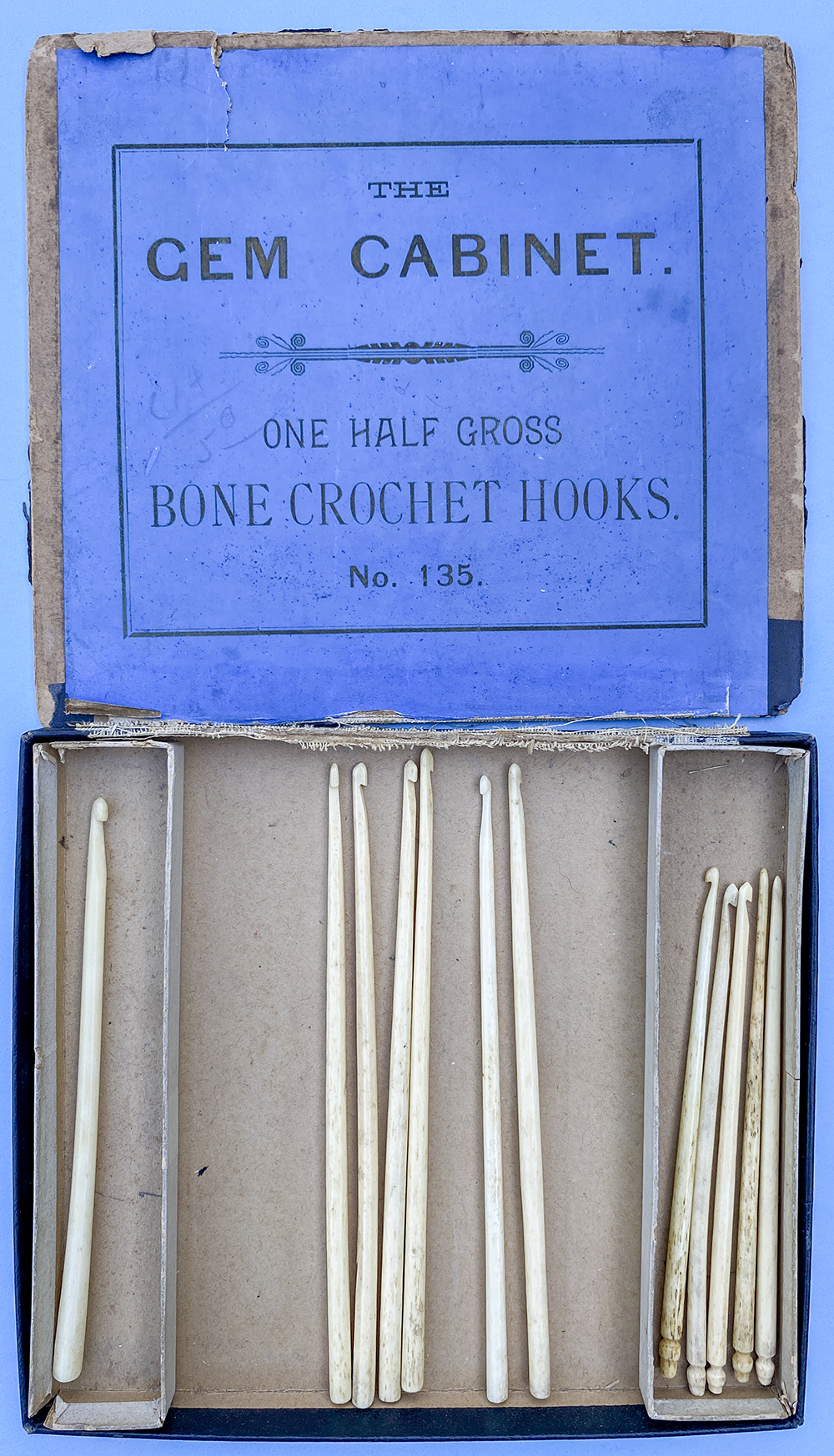
Although GEM aluminum and wood crochet hooks seem to be of the same quality as hooks by Susan Bates and Boye of the period, the bone hooks were poorly made. They were made from poor quality bone blanks. These might be bent or have flat sides on the handle where the blank wasn’t large enough. The flat-sided hook could be shaped quickly and cheaply by simple sanding. The formation of the hook was rough and inconsistent and it appears only one size of hook was made.
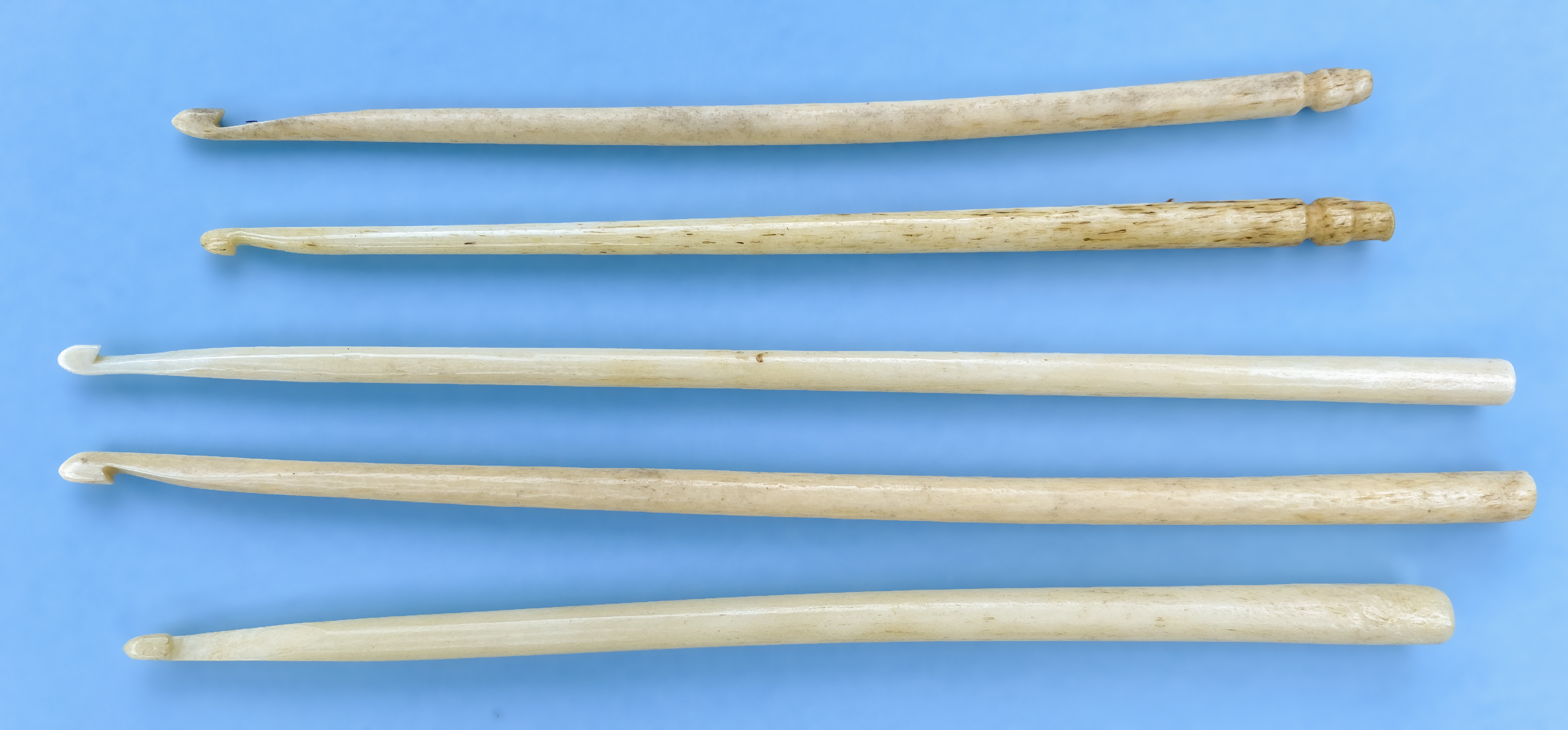
The unusual flat-sided shape was patented by Boye (US patent 2,635,444 issued 1953 April 21), I have long suspected that either Boye bought out a company that made hooks of this shape or that the hooks were made by Boye for another distributor. If another company would have used this shape without permission after Boye received its patent, Boye would have sued for patent infringement.
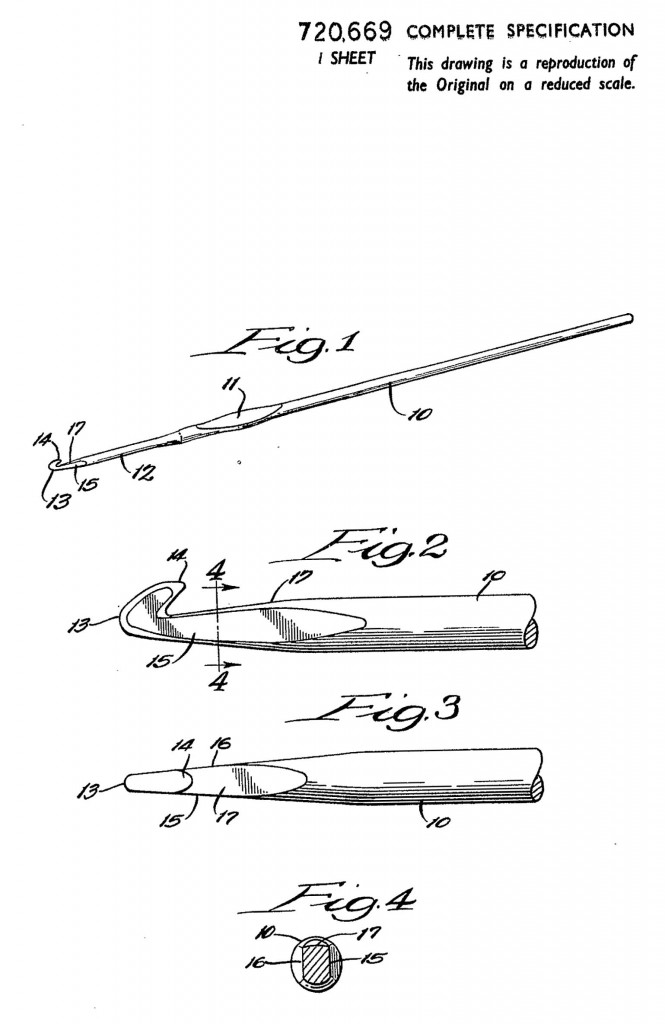
Evidence was hard to come by though. Imprints and packaging gave no help only stating made in USA. There was no evidence of Boye buying out other companies. Retired employees from Boye as far back as the 1970s specifically stated that Boye never made crochet hooks for anyone other than themselves.
A trademark search finally provided the answer. A Google search of “GEM trademark” turned up the use of GEM as a trademark in many different industries but not for crochet hooks. This wasn’t too surprising as mostly current trademarks are shown and GEM crochet hooks hadn’t been used for years. I finally resorted to an intensive search of the Official Gazette of the US Patents and Trademarks for the term crochet hook and found this GEM trademark registration on 1934 May 01. The registration was by The Boye Needle Company and claimed use of the GEM trademark since 1908.

Trademarks have to be in use in commerce before registering so GEM was probably first used for crochet hooks in 1933. I speculate that the GEM line of hooks was introduced by Boye as a down market brand during the Great Depression and continued until replaced by DIANA (US trademarks 204,548 and 207,005 both registered 1966 and claiming use since 1964) as Boye’s down market brand about 1965.
